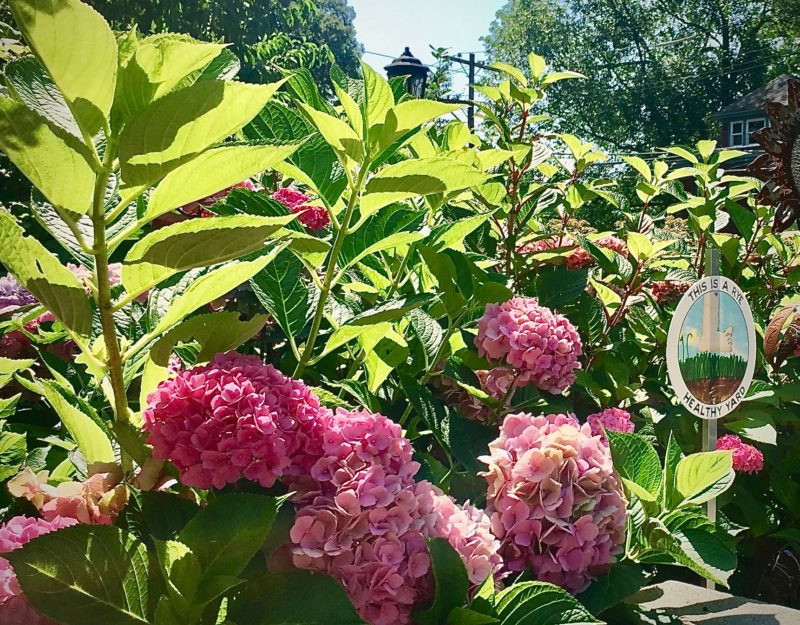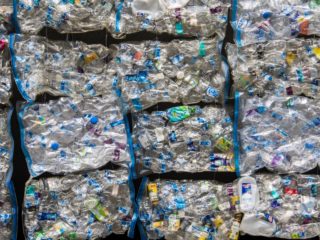It’s spring and everything seems to be bursting from the soil in colorful profusion. I’ve been outside more, thinking about gardening, natural fertilizers, and yard care.
This post will focus on natural fertilizers, but for more help on yard care, take a look at my companion posts on pesticides and healthy yard care tips.
Fertilizers: The Big Picture
Fertilizing your lawn and plants should be a good thing, right? Actually, it’s a process that needs to be carefully calibrated. I’ll give you an overview and then offer natural fertilizers that I hope you’ll try in your yard.
What is Fertilizer?
Simply put, fertilizer is an application – natural or synthetic – that increases or enhances plant growth and fertility.
The main nutrient additives are:
- Nitrogen (N), for leaf growth.
- Phosphorus (P), for roots, flowers, seeds, fruit.
- Potassium (K), for stem growth, movement of water in plants, flower/fruit production.
There are also secondary nutrients: sulfur, magnesium, and calcium are some that can be added for specific fertilizing properties.
NPK Rating System
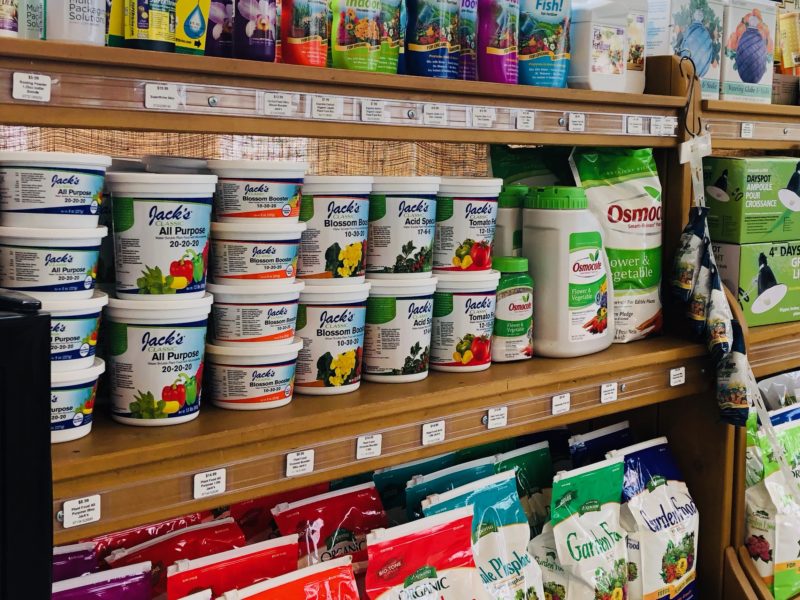
You may have seen a trio of numbers, like 10-30-20, on fertilizer product labels. That’s the NPK ratio. This is a rating system that gives you information about the product’s mix of nitrogen (N), phosphorus (P), and potassium (K).
For example, in this photo to the right, Jack’s All-Purpose 20-20-20 fertilizer contains 20% each of nitrogen, phosphorus, and potassium. (As the name implies, this is a general purpose fertilizer.)
Varying ratios of N, P, and K produce fertilizers that are used for special purposes, such as those that stimulate flower or root growth.
Synthetic Fertilizers
Synthetic, or chemical, fertilizers act rapidly and treat the plant rather than the plant’s home – the soil. They probably don’t contain some of the secondary or micro nutrients found in natural fertilizers.
The Toxic Treadmill for Your Yard
Synthetic fertilizers give a quick fix to stimulate that vibrant green lawn appearance and they amp up plant growth. The results, however, are relatively brief and you’ll soon be back out there, applying more chemicals.
Instead of feeding the soil, these fertilizers can actually harm or kill microbial life necessary for healthy soil. The result? The need for more chemicals to destroy pests and maintain plant growth. Ultimately, this dependency on synthetic fertilizers can be a “toxic treadmill” for your yard.
Health Effects for You and Your Environment
Not only is your yard bathed in chemicals, but you and your family are too. Some of the chemicals in these products are benign. Others – arsenic, lead, mercury, cadmium – can be toxic. And after a rainstorm, that fertilizer runoff pollutes our waterways, causing algae blooms and poisoning aquatic life.
Something to consider: Is it worth it to apply these types of chemicals on your lawn when there are so many safe alternatives?
Further Reading
Beyond Pesticides’ overview of fertilizers and organic landscape management is excellent.
Children’s Hospital, Los Angeles’ article on pesticides and fertilizers is brief and worth a read.
Green That Life’s book selection on natural and healthy landscaping.
Natural (aka Organic) Fertilizers
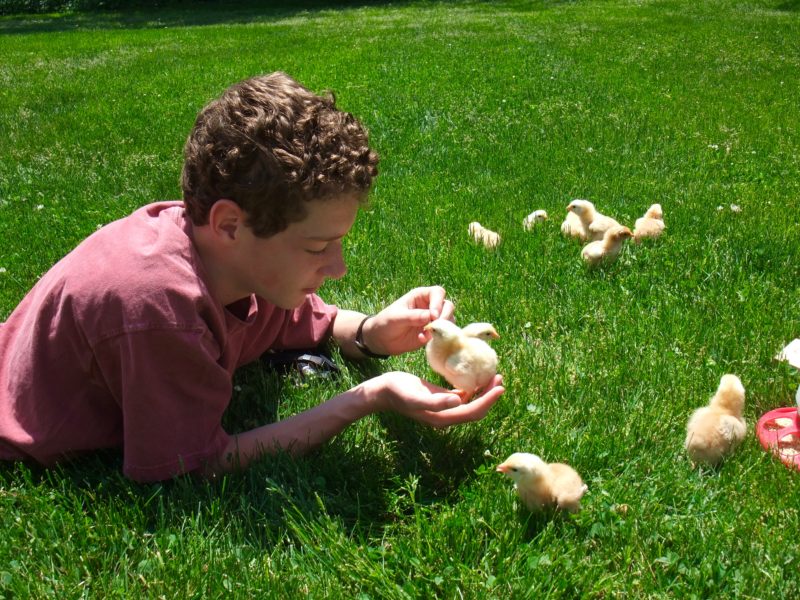
You guessed it – contrary to their synthetic counterparts, these natural fertilizers are sourced from living organisms and target soil fertility.
Keep in mind that the label “organic” doesn’t refer to the organic standards that you see in organic food labeling. It means that the ingredients are derived from once living organisms, rather than through a manufactured chemical process.
Characteristics of Natural Fertilizers
Focus on the soil. Natural fertilizers’ organic composition conditions the soil, improving its structure, quality, and ability to move and retain water and nutrients.
Builds resilience. Nutrients promote the soil’s natural microbiology and support beneficial insects that eventually build resilience for the soil, your lawn, and plant life.
Slow Release. Released at a slower rate, it’s less likely you’ll over-fertilize your lawn or plants, which, with synthetic fertilizers and their rapid release, is a risk. Excessive fertilizing can also lead to lawn “burn” caused by increased salt and nitrogen levels in your lawn.
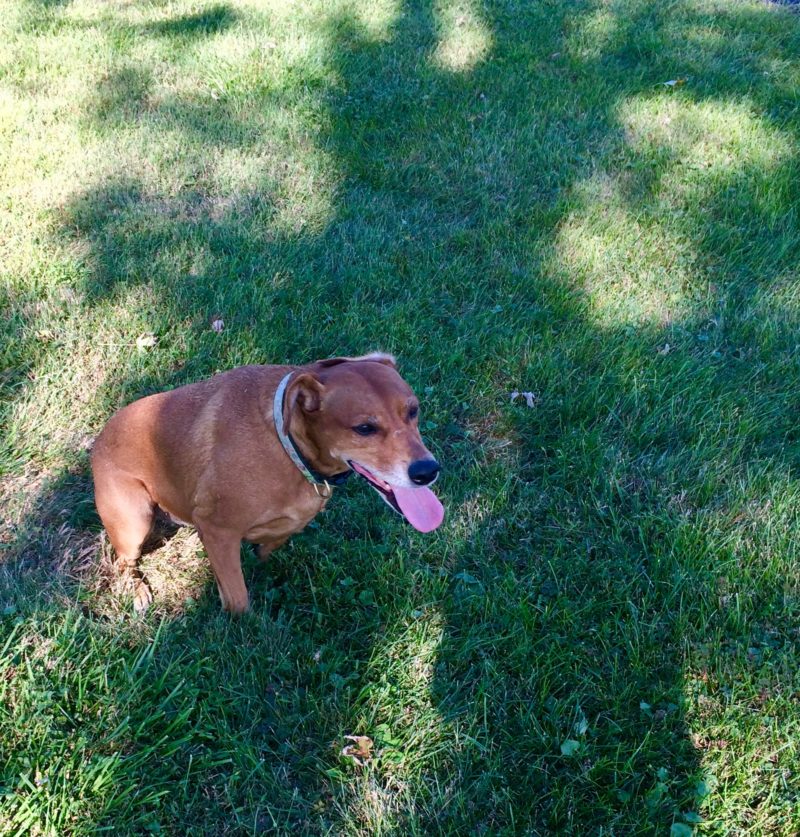
Products are relatively more expensive than their synthetic counterparts. That said, since their nutrient value has longer staying power and broader benefits, you’re apt to get more bang for your buck with organic products.
Eco friendly. They’re made of natural ingredients, free of toxic chemicals that can harm you, your plants, or the (helpful) critters that live in your yard.
Examples of natural fertilizers and soil amendments include:
- Compost.
- Peat Moss.
- Manure. Poultry, horse.
- Meal supplements. Bone, blood, feather, corn gluten, cotton seed.
- Fish and seaweed.
Get the Dirt on Your Soil
Knowing how to treat your yard requires an understanding of what you’re starting with. The best way to do that is to test your soil. That way you can make adjustments and apply the appropriate natural fertilizers.
Further Reading About Soil
Utah State University Cooperative Extension‘s summary of how to use your soil test report to determine nutrient needs is clear and helpful. It also provides tables of nutrient concentrations and application methods.
University of New Hampshire‘s fact sheet and charts list organic nutrient sources, release rates, and appropriate usage.
Natural Products
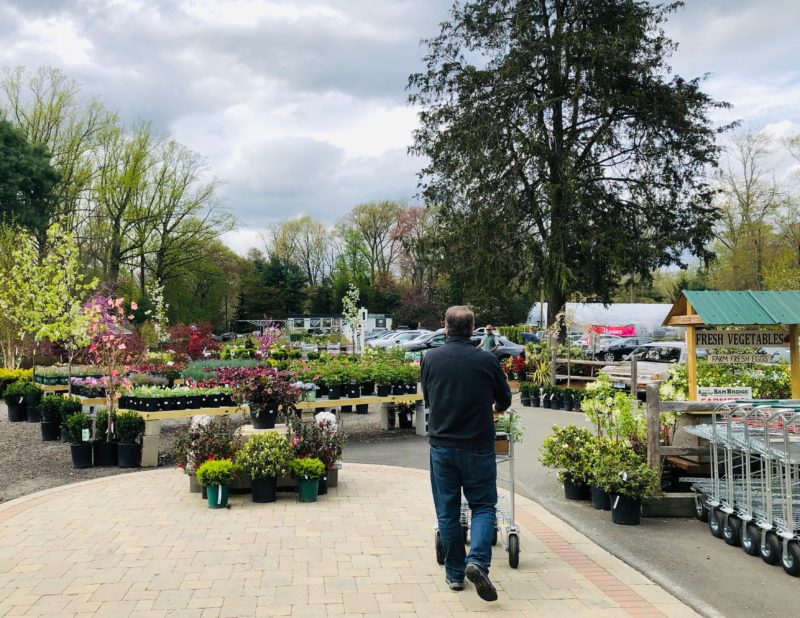
You can make your own fertilizer or choose from a wide variety of natural products that come in different forms.
- Granular/pellets. For slow release – these dry products are an easy way to deliver nutrients. I list a few products here and will add more picks as the season progresses.
- All-Purpose. Happy Frog brand is a good all-purpose granular product.
- Evergreen & Azealeas. Over the years I’ve gotten great results with my azaleas and holly using Espoma’s Holly-Tone.
- Liquid. For quick release and uptake, liquid fertilizers are a good option.
- All-purpose. I’ve used and like Neptune’s Harvest fish and seaweed blend.
Where to Buy. The online choices are endless, but to get you started, my pick is Planet Natural.
A Note About Soil Amendments
These are elements, such as compost, peat moss, or manure, that you can add to the soil to improve – in effect, condition – its properties.
What is Compost?
According to Braeden Cohen, Operations Manager of Sustainable Materials Management Inc., compost is a soil amendment that improves the chemical, biological, and physical characteristics of soil. Benefits include:
- improving all important attributes of soil
- providing a more complete range of plant nutrients over a longer period of time
- introducing beneficial soil microbes
- improving soil’s ability to prevent flooding by absorbing water and facilitating plant growth
Where Do I Get Compost?
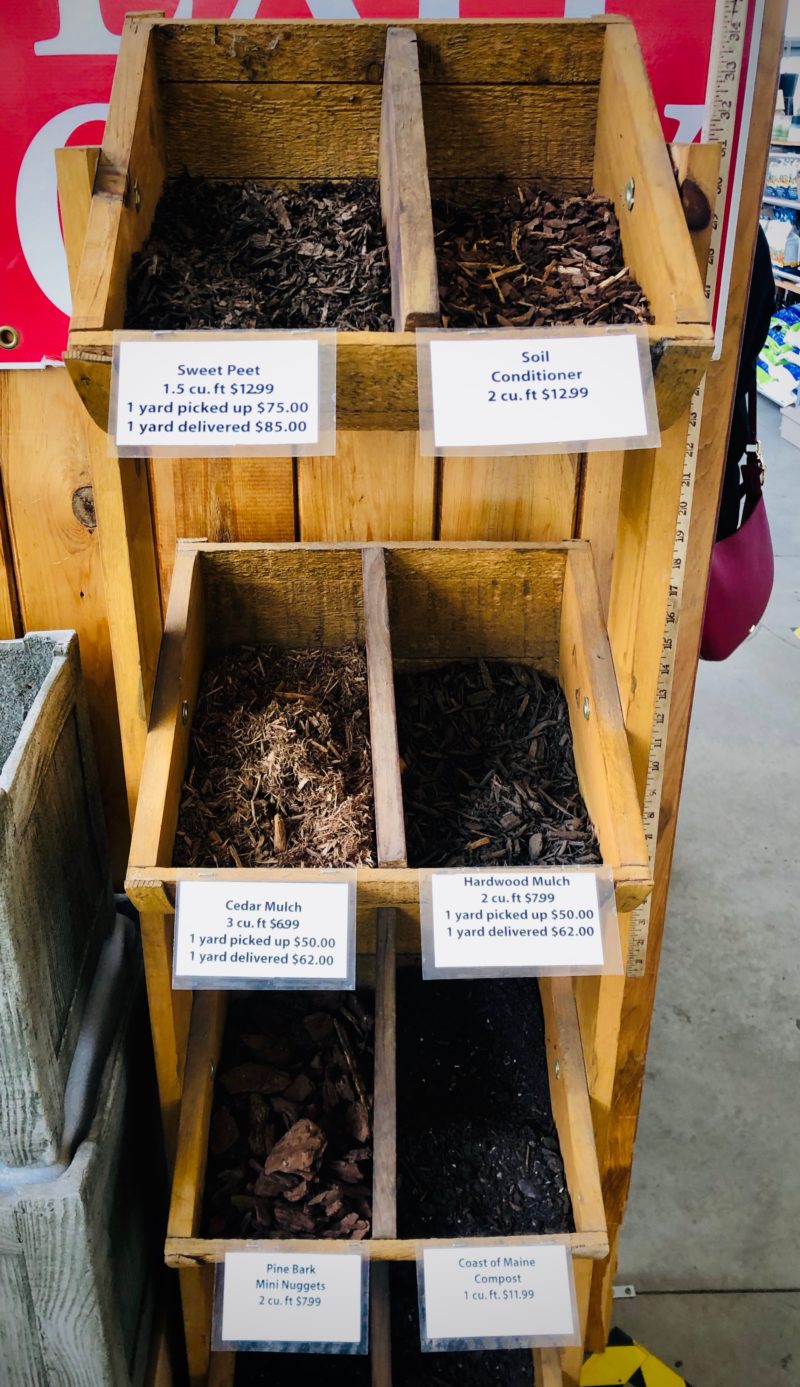
Buy or make your own. I list a few options below.
Backyard Composting
If you have space, consider backyard composting. It’s possible to compost even in an urban setting but just requires a bit more planning.
For details on how to get compost, see my post on 7 Steps to Easy Home Composting.
Community Composting
This is a program supported by a municipality or organization. I helped set up one in my hometown. You can read about it here.
Organics Recycling Service
Check your area for private companies that will pick up your food scraps and/or provide drop-off location.
Compost vs Fertilizer
Braedan Cohen of SMM points out that referring to compost as a fertilizer is short selling the benefits of compost. He explains the distinction between the two here:
- Compost is a soil amendment whose use improves the chemical, biological, bio-chemical, and structural properties of soil. Compost has everything healthy soils need to support healthy plants and a healthy planet.
- Fertilizers are products that only supply a short acting source of chemical nutrients: typically nitrogen, potassium, and phosphorous. While you can find natural fertilizers, the most commonly used fertilizers are lab-made, salt-based products that kill important soil biology in the process of supplying plants with nutrients. They are fast acting, but their use contributes to water pollution when they get washed away by the rain and watering.

